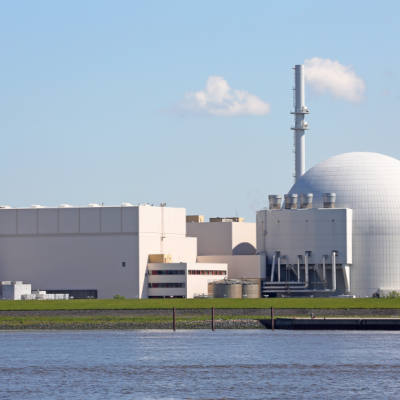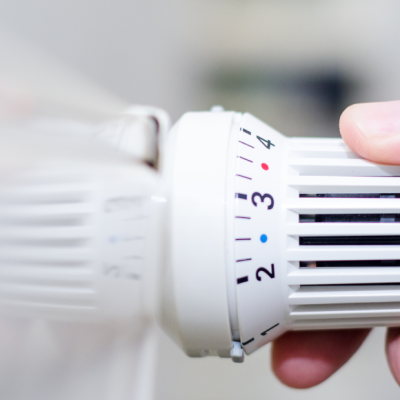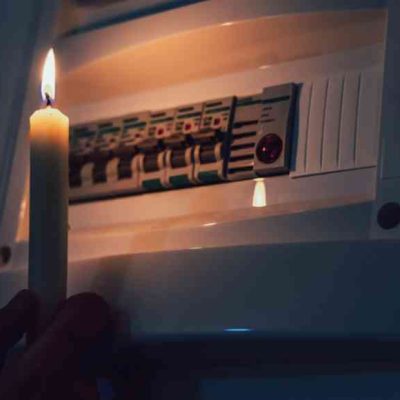The first hydrogen battery for private homes has been developed to address the issue of energy supply reliability in solar and wind power. The transition to renewable energy sources such as wind and solar power requires storage systems that guarantee energy supply during periods of low production due to their high volatility. The Australian company Lavo has introduced the Green Energy Storage System, which generates hydrogen from excess solar energy during the day and converts it back to electricity at night using a fuel cell. The system is connected to a (hybrid) solar inverter and the house water supply. The Lavo Green Energy Storage System is the first hydrogen battery for private homes, with a capacity of 40 kWh and a lifespan twice as long as Tesla’s Powerwall 2.
The system is free of toxic chemicals and does not use lithium except for the 5 kWh buffer battery. The Lavo Green Energy Storage System can power an average single-family home for about two days and can also supply larger households and businesses, forming an “intelligent virtual power plant” through parallel operation. However, the efficiency of the system is lower than that of conventional batteries, with an efficiency of about 80% for hydrogen production by electrolysis and about 50% for the subsequent conversion back to electricity. The maximum continuous power output of the Green Energy Storage System in standalone operation is only 5 kW. The Lavo Green Energy Storage System will be sold outside of Australia for less than 20,000 euros, in addition to the cost of solar cells.
The Lavo Green Energy Storage System is a promising solution to the problem of energy supply reliability in renewable energy sources. However, its efficiency and maximum continuous power output are lower than those of conventional batteries. The system’s lifespan is twice as long as Tesla’s Powerwall 2, and it is free of toxic chemicals and does not use lithium except for the buffer battery. The Lavo Green Energy Storage System can power an average single-family home for about two days and can also supply larger households and businesses, forming an “intelligent virtual power plant” through parallel operation. The system will be sold outside of Australia for less than 20,000 euros, in addition to the cost of solar cells.










